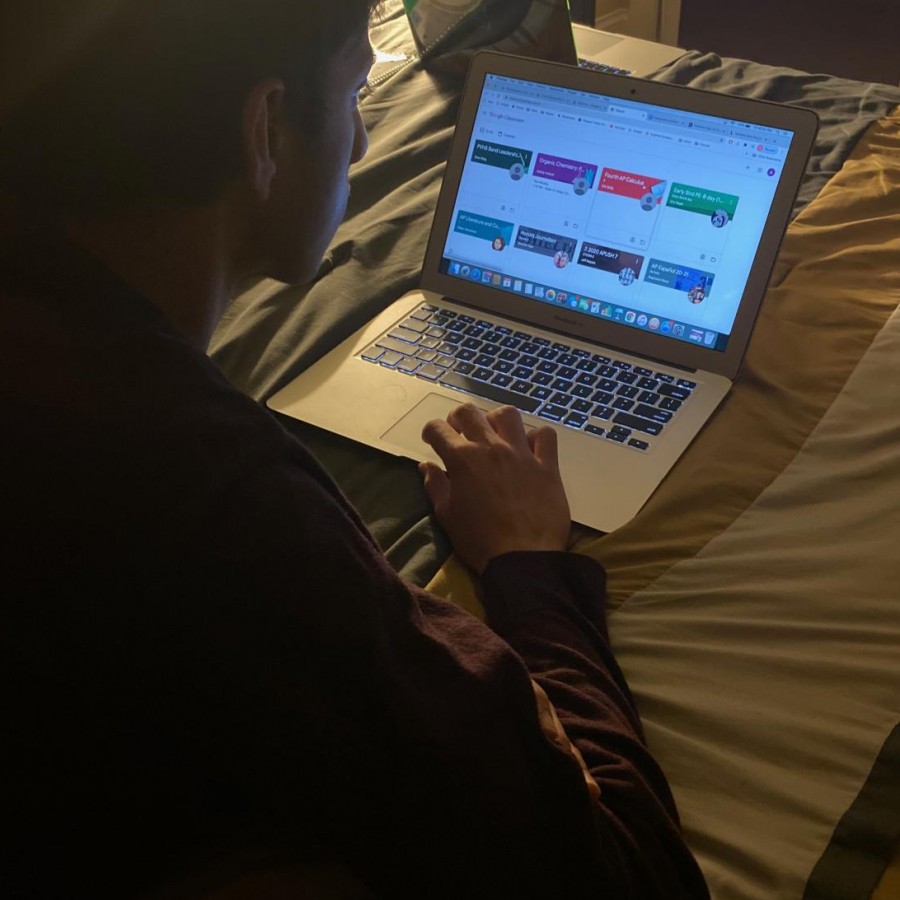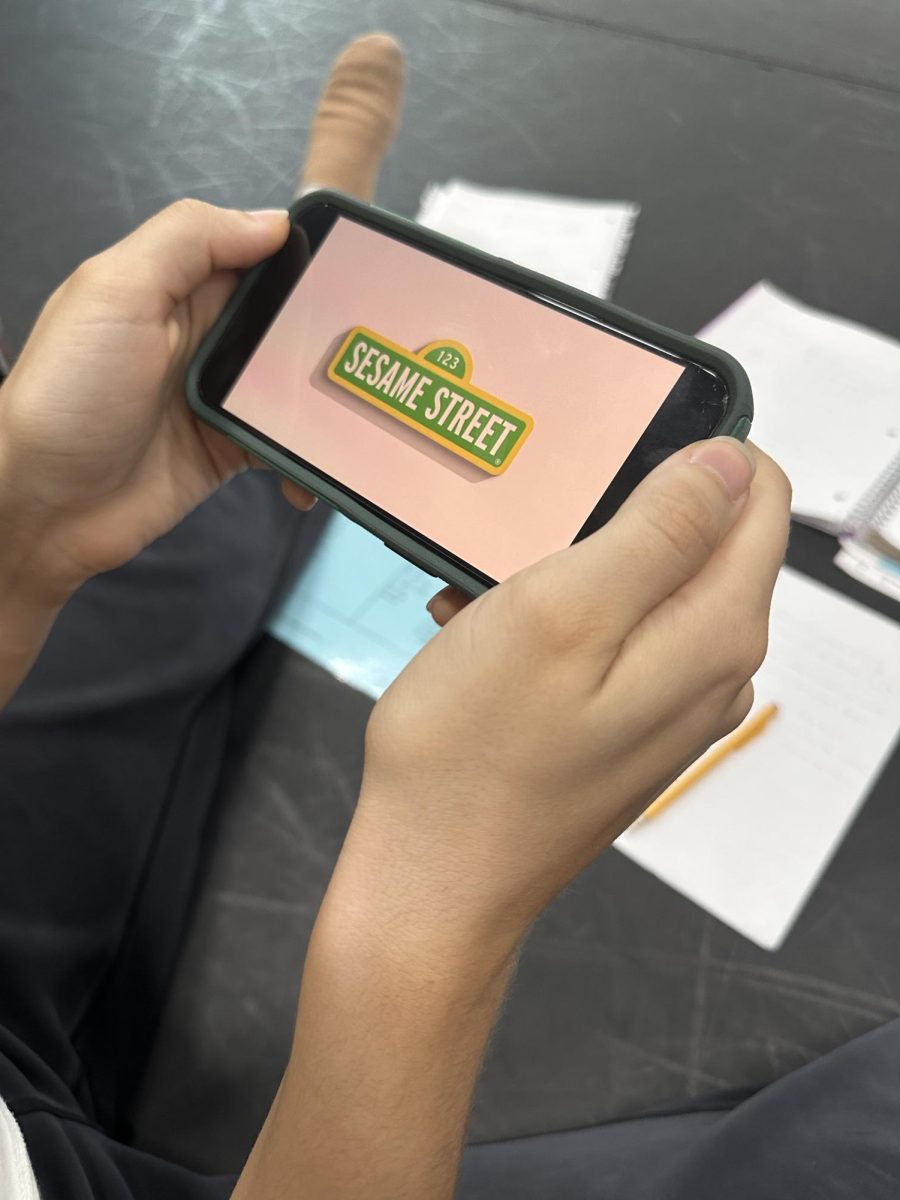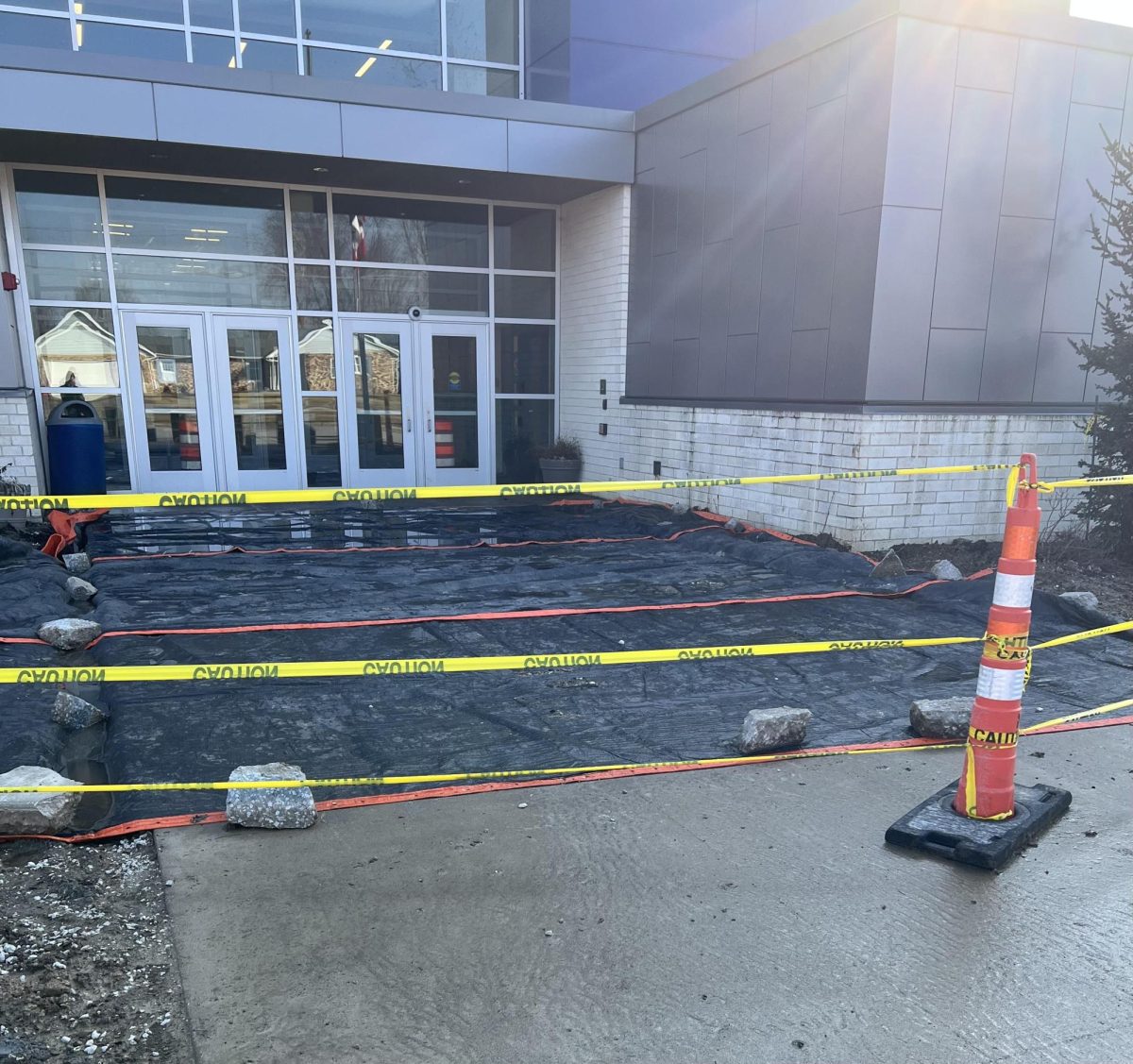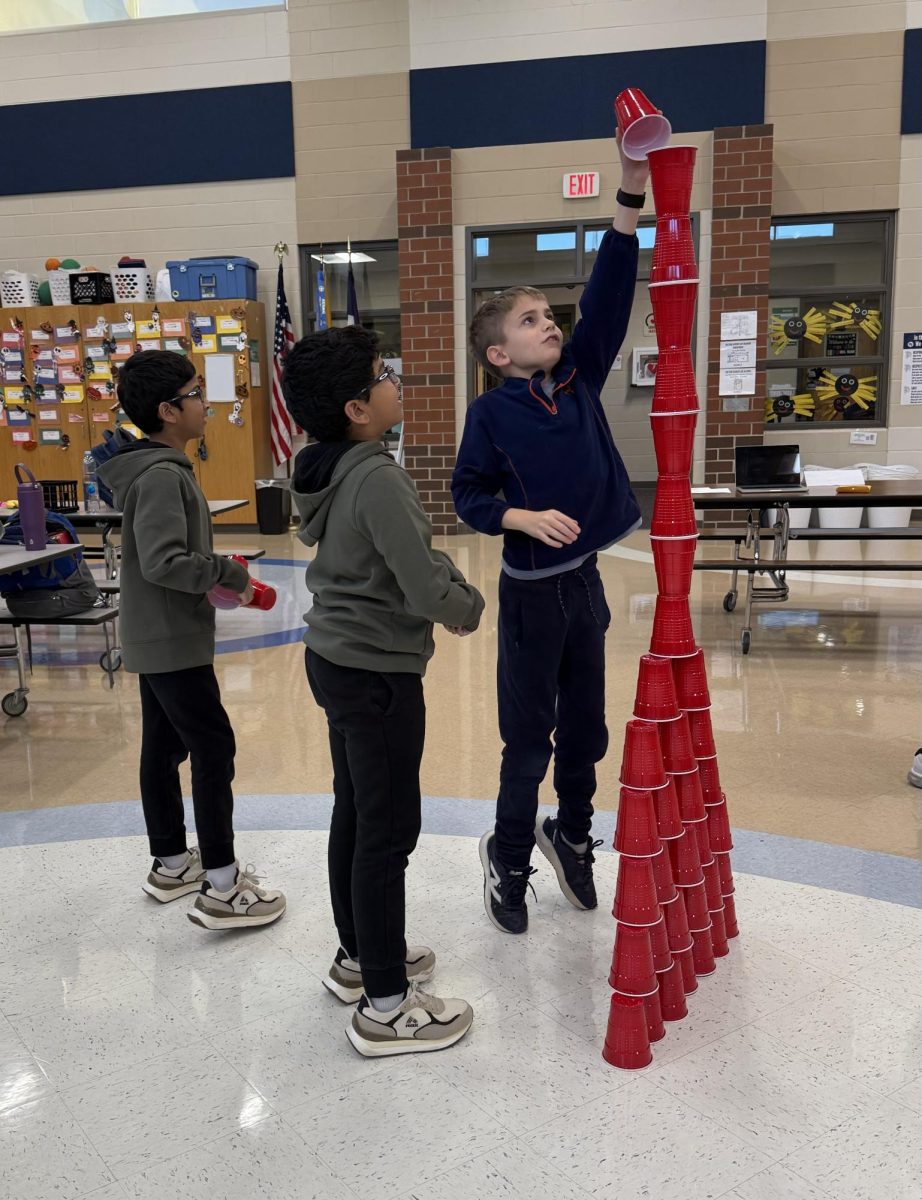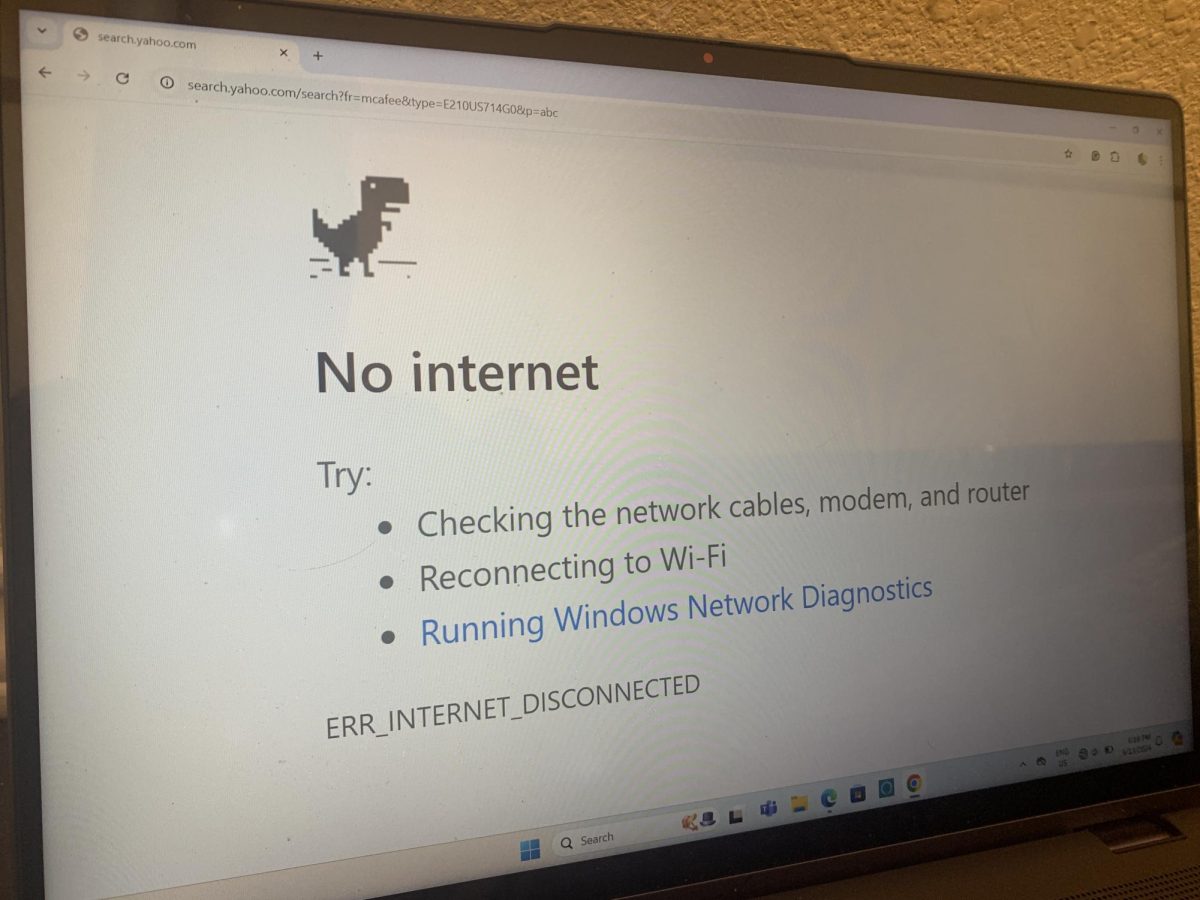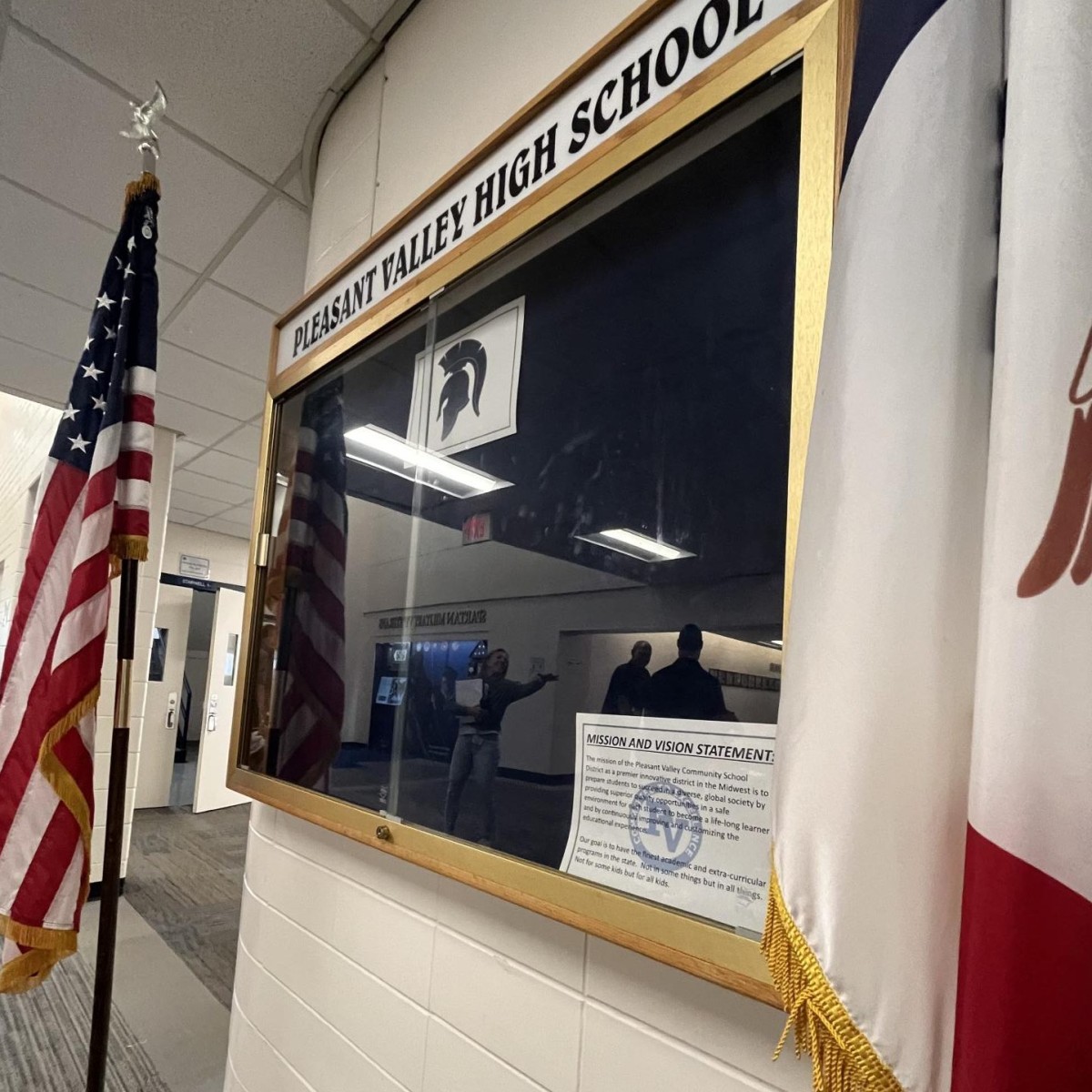With the recent surge in COVID-19 cases in Scott County, many schools in the area have switched to the online school system to reduce the spread of the virus within their halls.
PV has still remained in a hybrid model despite the increase in cases, but has a backup plan if the school goes online. In this online model, students will be required to attend virtual learning everyday in a fixed schedule.
This fixed schedule will consist of the first period starting at 10 A.M. and ending at 2 P.M., with the periods will last about 25 minutes. Compared to the online model last spring, the new model will feature more student teacher interaction and a more similar structure to in-person learning.
While not all students are in favor of the potential schedule, senior Sid Sharma is. “I think the online learning system will be very beneficial because I can see all the students in my class from both days,” he explained. With the current hybrid model, there are fewer people per class each day, with some classes containing as much as five people. The virtual classes would help students meet everyone else enrolled in the same class, helping the experience feel like a normal school day.
In addition, students would have to attend classes everyday, which helps the focus and concentration of many students. Senior Cyrus Barati is also in favor of having a more set schedule. “With the current model, I have a lot of trouble getting to my schoolwork on my off-days, because I have so much time,” he shared. “If we go online, I have more accountability in getting my homework done as soon as possible, because I have school again the next day.”
The pandemic has forced many districts to get creative in their delivery. Even parent/teacher conferences switched to an online format this year, and both teachers and parents reported a less stressful and more convenient experience. This success brings the question of whether a similar format would be more beneficial for students than the current hybrid model.
Students’ concentration has been an on-going concern of many as the off-days provided in a hybrid schedule allows many to take more time on their work, which can lead to procrastination. When students are held more accountable as they have to complete assignments each day, they are more likely to be more focused.
However, there are students that dislike the proposed schedule. Junior Rithvik Vanga does not find much benefit in it compared to the in-person schedule. “I do not like the online schedule, because it is only 25 minutes and there is so much to do. With the hybrid model, I am in school and can directly interact with the teachers and students. For discussions, it is much easier to talk in person,” he detailed.
The switch to the online schedule diminishes the presence of in-person interactions between students and teachers, and thus potential spread of the virus, students still lose out on important discussions, speeches, and other group activities are vital to learning.
As the situation moves forward, PV still remains in the hybrid schedule, with safety measures still being enacted in the school. However, if the district switches to an online model, the new schedule students have to follow will be implemented and carried on for at least the 2 online weeks.


